Taiwan’s six special municipalities, three smaller cities and thirteen counties are subdivided into 368 geographical units. Among them are municipal districts like Taipei’s Wenshan (文山); county-administered cities such as Yuanlin (員林) in Changhua County; urban townships like Luodong (羅東) in Yilan County; and rural townships, of which Nantou County’s Sinyi (信義) is one of the largest in terms of land area if not population.
In several of these places, for example Lukang (鹿港) and Hengchun (恆春), tourism is a major industry. Many others are ignored, rightly or wrongly, by sightseers.
This article looks at four perennially overlooked towns. None of them justify hours on the road or an overnight stay. But if you find yourself in the area, or you’ve a niche interest, consider making a detour or two.
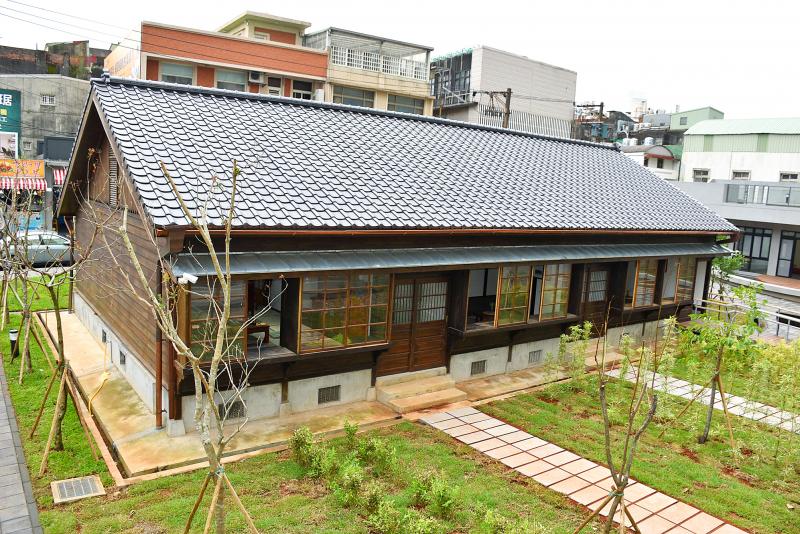
Photo: Lee Jung-ping, Taipei Times
A TEA RELIC IN YANGMEI
Before Taoyuan’s Hakka-dominated Yangmei District (楊梅) became a center of logistics and TFT-LCD manufacturing, tea-growing played a key role in the local economy.
During the 1895-1945 period of Japanese rule, the colonial authorities supported the expansion and modernization of the tea industry, and among the infrastructure that dates from that era is what’s now called Puxin Story House (埔心故事館).
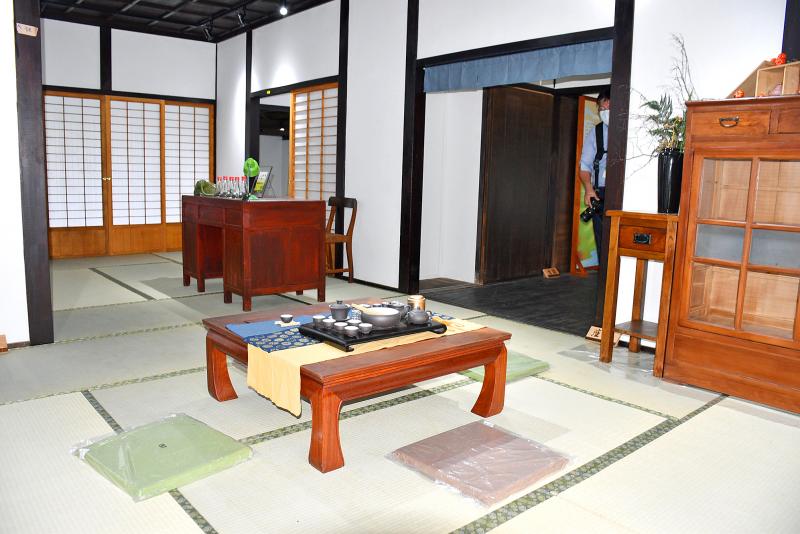
Photo: Lee Jung-ping, Taipei Times
Built in 1907 as accommodation for tea-industry managers and their families, the Story House was thoroughly renovated at a cost of NT$24.4 million and reopened last month. It now contains exhibitions about tea cultivation, local history and the area’s rail links. Tea-related books and souvenirs are sold here, and there’s a spot where visitors can enjoy a tea-tasting session.
Puxin Story House is at 136 Jhongsing Road (中興路), 450m southeast of Puxin TRA Station. It’s open from 9:30am to 4:30pm Tuesday to Sunday. Admission to the exhibitions is free, but there’s a charge if you join certain activities. The Story House doesn’t seem to have a Web site or social media account. To find out about forthcoming events, try calling Taoyuan City Government’s Department of Cultural Affairs at (03) 332-2592, ext. 8000.
WANGGONG’S LIGHTHOUSE
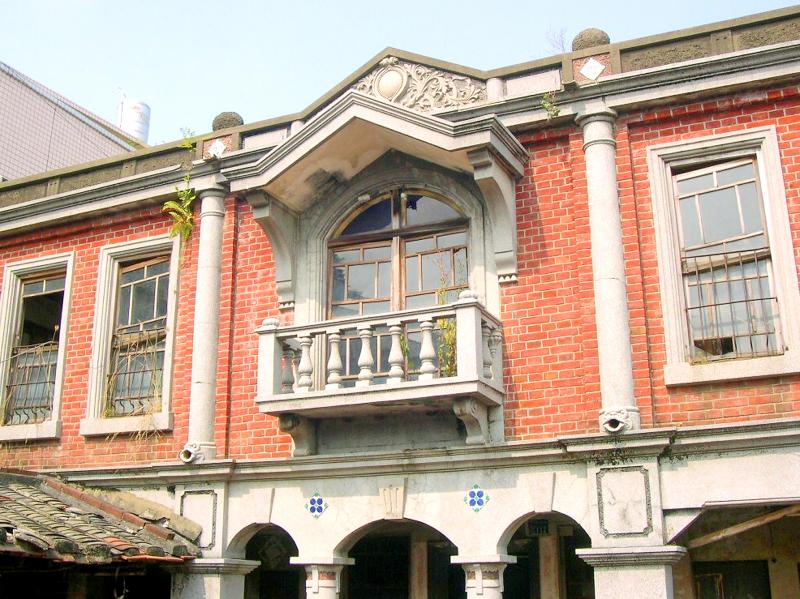
Photo: Steven Crook
Vendors and shopowners in Fangyuan Township (芳苑) probably wish their corner of Changhua County could get just one-tenth of the visitors that nearby Lukang attracts. It’d do wonders for the local economy, and perhaps reverse the depopulation trend that’s been obvious since the 1980s.
The authorities have identified Fangyuan’s Wanggong (王功) and its fishing port as having tourism potential, and sunset aficionados have already discovered the place. If you can’t hang around for dusk, however, you’ll find the harborside beacon and the tidal zone’s oyster beds more engaging than anything in the village itself.
Being less than 40 years old, Fangyuan Lighthouse (芳苑燈塔) lacks the history that some of Taiwan’s other coastal beacons embody. A tapering tower just over 37m in height, its distinctive pinstripe-like color scheme was devised so mariners can identify it (and know where they are) whether the sun is blazing or conditions are gloomy. The lighthouse isn’t open to the public, but visitors are free to wander through the grounds.
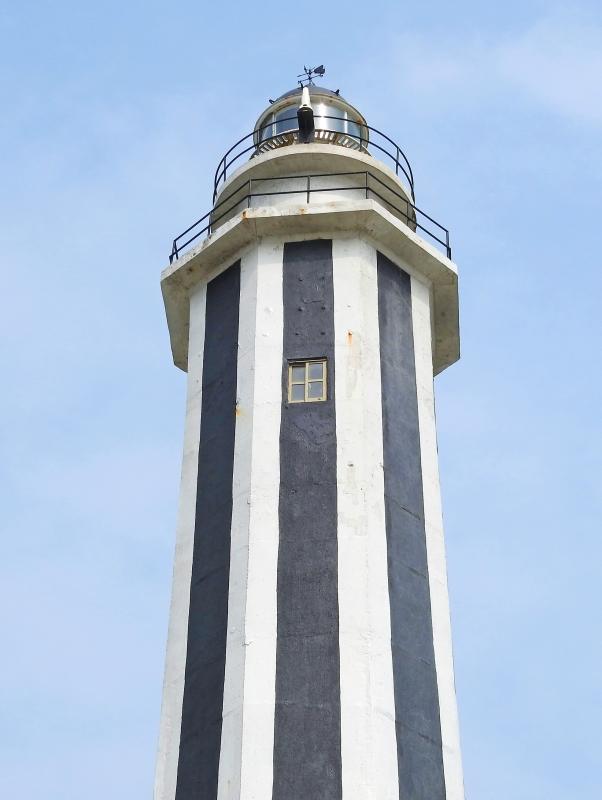
Photo: Steven Crook
Getting to Wanggong by car is easy. Expressway 61 (on which Wanggong has its own exit) passes within 2km of the lighthouse. There are several #6708 buses to/from Lukang each day, but the nearest stop is at least 20 minutes’ walk from the lighthouse.
AN HISTORIC HOUSE IN SIKOU
In the northern part of Chiayi County, abutting Yunlin County, Sikou Township (溪口) is prime rice-growing territory. Among the families that prospered here before World War II were the ancestors of Chang Po-ya (張博雅), a former Chiayi City mayor and cabinet minister who later served as the first-ever female president of the Control Yuan.
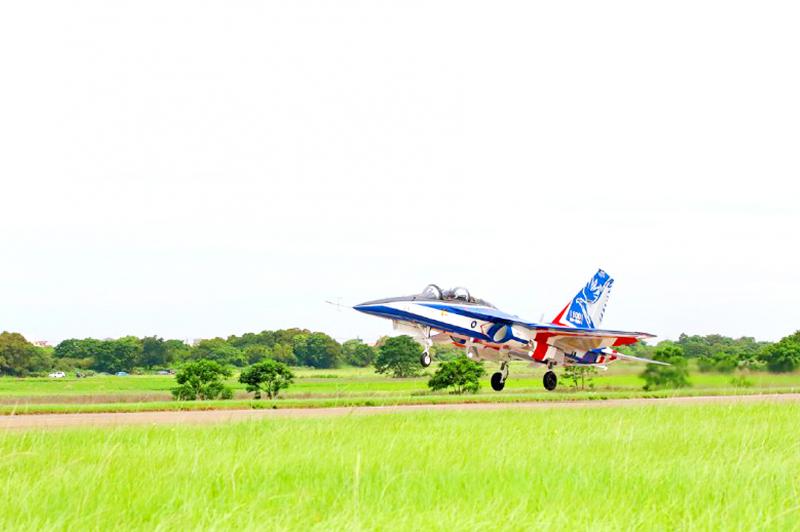
Photo courtesy of Aerospace Industrial Development Corporation
The two-story Chang Clan Western Residence (張氏洋樓) may be the township’s most alluring old building. This wood-framed brick structure, completed around 1930, isn’t open to the public, but the exterior is well worth a look.
The mansion’s address is 116 Minsheng Street (民生街), but it’s set back from the road. If you walk down the lane that connects Minsheng Street with Jhongjheng Road (中正路) you’ll get a better view of the building. Historians believe that alleyway was a trade route of regional importance during the 18th and 19th centuries, which perhaps explains why Chang Po-ya’s ancestors chose to base themselves here.
The mansion isn’t on the verge of collapse, but nor is it in great shape. There’s said to be no dispute or complication regarding ownership, so preservationists are wondering what’s stopping either the Chang family or the government from restoring it to its former glory.
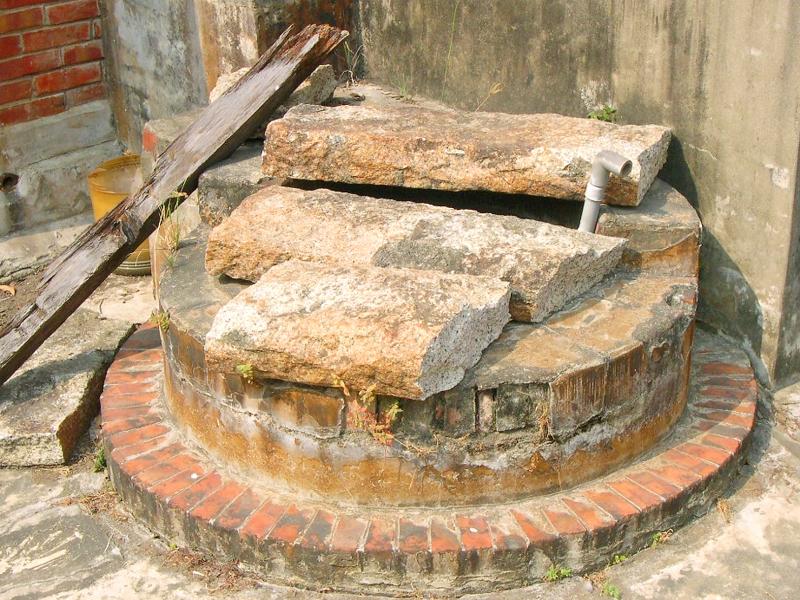
Photo: Steven Crook
The Chang Clan Western Residence is about 4km west of the Dalin Exit (大林) on Freeway 1. Infrequent buses stop at Sikou Farmers Association (溪口農會), about 100m away; the #7316 service goes to/from Chiayi City.
ZIHGUAN’S JET SET
Zihguan (梓官) is one of Kaohsiung’s smallest districts. I’d never set foot there until earlier this year, despite having traveled countless times between Tainan (which is 25km north of Zihguan) and central Kaohsiung (around 15km to the south). And when I did finally go, it was simply to kill a few hours. I didn’t expect to make any jaw-dropping discoveries.
Soon after I stepped off the bus, I noticed a military training jet — an AT3 — approaching at low altitude. It turned out to be the first of several I saw that morning.
Because it lies just south of the Republic of China Air Force Academy (中華民國空軍軍官學校) in neighboring Gangshan District (岡山), Zihguan happens to be an excellent place to watch new aviators learn their trade. On at least three occasions, they flew low enough for me to see the colors on the pilots’ helmets.
I wondered if local people despise the noise, or fear accidents. In 2014, an AT3 crashed just behind one of Zihguan’s gas stations.
When a senior citizen inquired if I was there to take photos of the planes — I soon gave up trying, as my phone’s camera wasn’t up to the task — I asked him how he felt about the jet traffic. “Everyone’s used to it,” he replied.
Right. Get used to it, or move away, I guess.
Steven Crook has been writing about travel, culture and business in Taiwan since 1996. He is the author of Taiwan: The Bradt Travel Guide and co-author of A Culinary History of Taipei: Beyond Pork and Ponlai.

That US assistance was a model for Taiwan’s spectacular development success was early recognized by policymakers and analysts. In a report to the US Congress for the fiscal year 1962, former President John F. Kennedy noted Taiwan’s “rapid economic growth,” was “producing a substantial net gain in living.” Kennedy had a stake in Taiwan’s achievements and the US’ official development assistance (ODA) in general: In September 1961, his entreaty to make the 1960s a “decade of development,” and an accompanying proposal for dedicated legislation to this end, had been formalized by congressional passage of the Foreign Assistance Act. Two
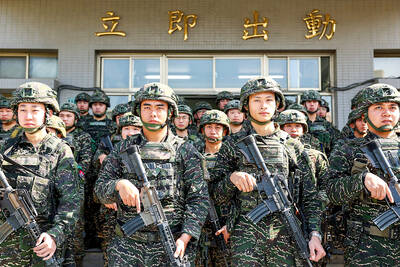
President William Lai’s (賴清德) March 13 national security speech marked a turning point. He signaled that the government was finally getting serious about a whole-of-society approach to defending the nation. The presidential office summarized his speech succinctly: “President Lai introduced 17 major strategies to respond to five major national security and united front threats Taiwan now faces: China’s threat to national sovereignty, its threats from infiltration and espionage activities targeting Taiwan’s military, its threats aimed at obscuring the national identity of the people of Taiwan, its threats from united front infiltration into Taiwanese society through cross-strait exchanges, and its threats from

Despite the intense sunshine, we were hardly breaking a sweat as we cruised along the flat, dedicated bike lane, well protected from the heat by a canopy of trees. The electric assist on the bikes likely made a difference, too. Far removed from the bustle and noise of the Taichung traffic, we admired the serene rural scenery, making our way over rivers, alongside rice paddies and through pear orchards. Our route for the day covered two bike paths that connect in Fengyuan District (豐原) and are best done together. The Hou-Feng Bike Path (后豐鐵馬道) runs southward from Houli District (后里) while the

March 31 to April 6 On May 13, 1950, National Taiwan University Hospital otolaryngologist Su You-peng (蘇友鵬) was summoned to the director’s office. He thought someone had complained about him practicing the violin at night, but when he entered the room, he knew something was terribly wrong. He saw several burly men who appeared to be government secret agents, and three other resident doctors: internist Hsu Chiang (許強), dermatologist Hu Pao-chen (胡寶珍) and ophthalmologist Hu Hsin-lin (胡鑫麟). They were handcuffed, herded onto two jeeps and taken to the Secrecy Bureau (保密局) for questioning. Su was still in his doctor’s robes at